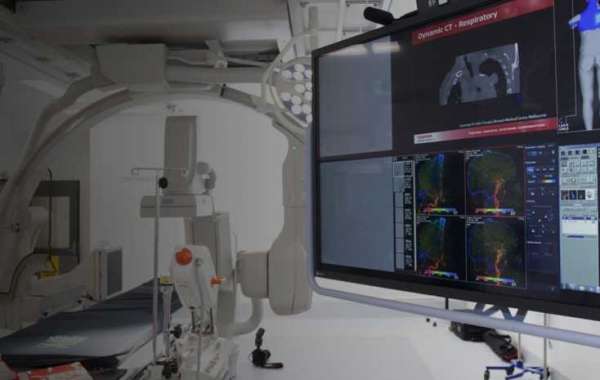“When the world is flat, you can innovate without having to emigrate.” – Thomas L. Friedman
Thomas Freidman in his book “The world is flat,” accounts for swift progress in technology and communication bringing people around the world closer like never before. He believes the world is now flat with level playing field between industrial and emerging economies around the world. Its impact is felt globally, irrespective of the size of the economies, each country and business is becoming a part of a large complex supply chain heralding global competition.
The impact is being felt in the medical field as well where radiologists around the world are connecting with health care professionals expediting treatment.
There aren’t any hindrances or delays resulting from the unavailability of expert radiologists. Considering the acclimatization and acceptance of this phenomenon in the past few years, now the medical fraternity is at a crossroads, compelling them to carve the future of teleradiology.
Let us consider why teleradiology will gain pace in the future?
Teleradiology was primarily fueled by the desire of radiological centers to outsource off-hour demands for interpretation of reports like CT Scan, PET CT Scan, PSMA PET CT Scan, Xray or MRI to face the dearth of radiologists.
Teleradiology ably caters to health care needs:
Emergency knocks at the doors of hospital-based radiology groups most often at nights. It is arduous for these groups to immediately cater to these requirements. Here teleradiologists from other countries are equipped to interpret these reports owing to the difference in time zone. Thus, the lexicon of “night hawk” was born in the world of radiology. Off-hours imaging interpretations are being availed by numerous hospitals in the United States. This is a big win for teleradiology companies in countries like India. Radiologists are now facing tough competition owing to the new demand for providing expert and experienced service during the day time as well. Considering that most radiology groups connected to hospitals are understaffed they reluctantly have started outsourcing during day time as well.
Subspecialty service; a value proposition:
Smaller radiology groups that deliver poor customer service face the risk of losing out like their counterparts in other countries well equipped to arrive at superior outcomes. Also, a rise in the demand for a full range of subspecialty services is ably provided by teleradiology companies. In fact it the core value proposition now.
Quality assurance:
Patients are mostly unaware that their images are outsourced to remote professionals. Patients presume that local radiologist knew to the health care professionals interpret their reports. Patients might get vexed to know that hospitals engage in outsourcing their images. This concern is debatable as doctors reassuring the superior quality standards of the remote radiologists can regain their faith.
Integration with hospital information systems:
The claim that teleradiology reports are superior as compared to on-site radiologists has a technological obstacle.
Teleradiologists should have timely access to the hospital information system, radiology information system or the PACS. In their absence generating an accurate interpretation is a challenge. They depend on email, fax, or telephone calls if additional information is required by the resident radiologists.
But, this has paradoxically generated more demand for teleradiology services because, now patients are informed that teleradiology companies can provide an immediate opinion of subspecialty radiologists, which is locally unavailable.
Conclusively, patients are now demanding second opinion services where patients directly communicate with teleradiology companies by surpassing the resident health care facilities.
Integrated across all health records:
Entrepreneurs recognize patients’ need for full access to medical records electronically made available while they move to other caregivers or health care professionals. Now software products are developed where patient medical records and virtual medical reports can be accessed by patients and caregivers anytime and anywhere. Thus, remote teleradiologists can have access to pertinent medical information, just like a resident radiologist.
Artificial intelligence and deep learning:
Teleradiologists cater to a wide range of images and this magnitude of responsibility can be lightened through Artificial Intelligence and deep learning that facilitates the reading and interpreting of medical images like CT Scan, PET CT Scan, PSMA PET CT Scan, Xray or MRI. The deep learning algorithms are trained to examine normal and abnormal results in identifying suspicious conditions.
Challenge:
Teleradiology leaves fewer chances of communicating with radiology colleagues. Caregivers too communicate less with radiology colleagues. The teleradiologists out of the country might not discuss difficult cases with caregivers /resident radiologists. Physicians in all likelihood don’t have the camaraderie required between health care professionals to facilitate decision making.
Future Teleradiology based in India provides teleradiology services all around the globe. You may be located in the USA, UK, Singapore, Mexico, Brazil, UAE, London, Yemen, Kuwait, etc. or any other country- reach out to us for the best teleradiology services. Get in touch with our team to know more about our teleradiology services Our expert team will be glad to assist you.









